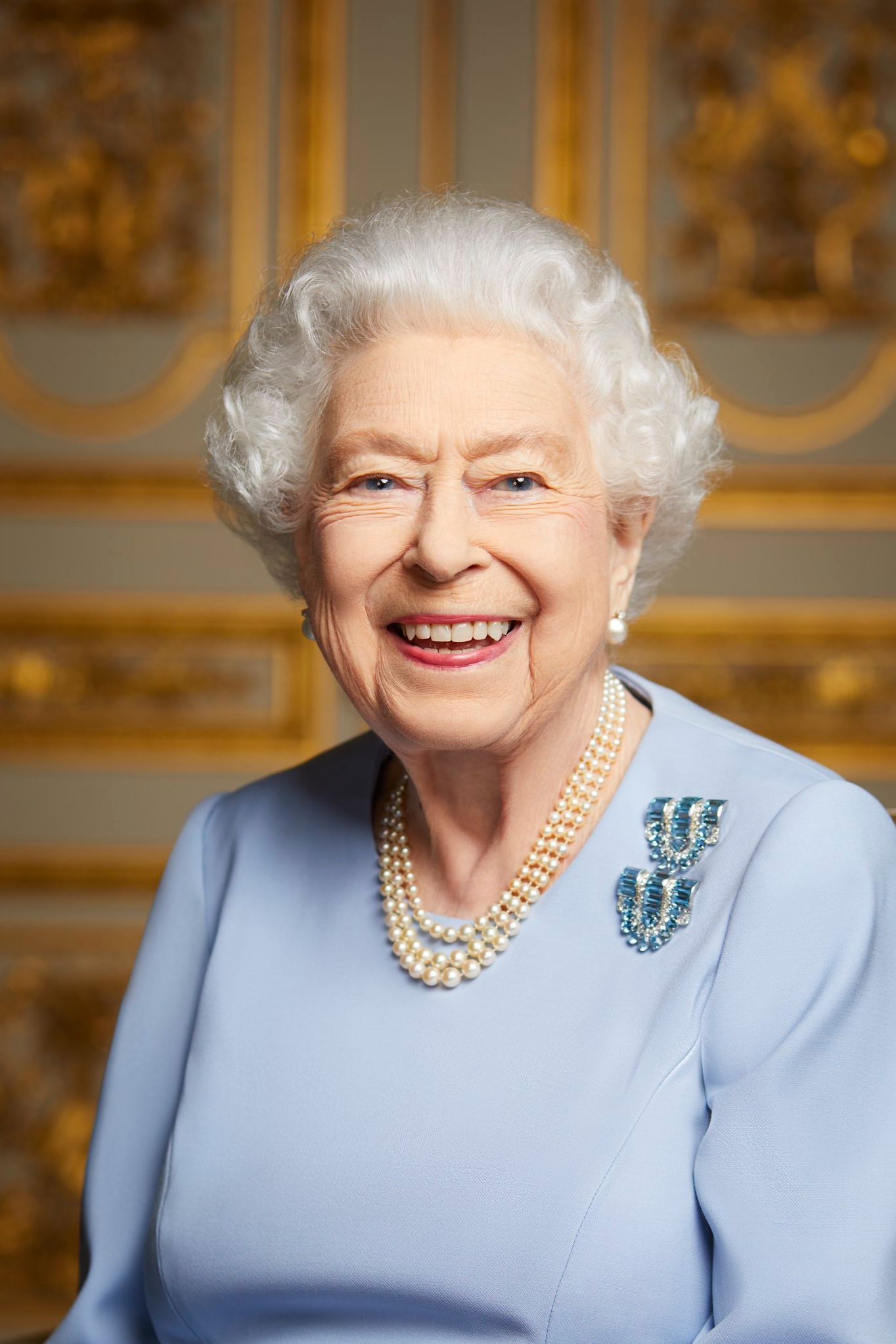The Elizabethan Golden Age, which spanned from the late 1550s to the early 1600s, was a transformative period in English history, marked by a resurgence in the arts, literature, and culture. During this time, England experienced a sense of national pride and identity, largely due to the strong leadership of Queen Elizabeth I, who ruled from 1558 to 1603. Her reign is often referred to as the “Golden Age” of English history, and for good reason.
One of the most significant contributors to the Elizabethan Golden Age was the explosion of literary talent. Playwrights such as William Shakespeare, Christopher Marlowe, and Ben Jonson produced some of the most iconic works of English literature, including Romeo and Juliet, Hamlet, and The Tempest. These plays not only showcased the authors’ mastery of language and storytelling but also explored complex themes and ideas that resonated with the Elizabethan audience. The theater, in particular, became a hub for artistic expression, with the construction of iconic venues like the Globe Theatre, which hosted many of Shakespeare’s premieres.
Beyond literature, the Elizabethan Golden Age was also marked by significant advancements in the visual arts. Painters such as Nicholas Hilliard and Marcus Gheeraerts the Younger created intricate and beautiful portraits of the queen and other members of the court, while architects like Robert Smythson designed impressive buildings, including Longleat House and Wollaton Hall. The era also saw a resurgence in music and dance, with the establishment of the Queen’s Chapel Royal and the development of new musical instruments, such as the virginals.
Historical Evolution of the Elizabethan Era

To understand the Elizabethan Golden Age, it’s essential to grasp the historical context in which it emerged. The era was preceded by a period of turmoil, marked by the reign of Queen Mary I (1553-1558), who attempted to restore Catholicism in England. The ascension of Elizabeth I to the throne in 1558 brought a sense of stability and relief, as she navigated the complex web of European politics and established the Church of England, with the monarch as its head.
The Elizabethan era was also characterized by a series of significant events, including the Spanish Armada’s failed invasion of England in 1588, which cemented the country’s reputation as a major naval power. The era also saw the establishment of the East India Company, which would go on to play a crucial role in English trade and colonization.
Comparative Analysis of Elizabethan Society

Elizabethan society was complex and multifaceted, with distinct social hierarchies and cultural norms. The monarch and the nobility held significant power and influence, while the emerging middle class of merchants and artisans began to challenge the traditional social order. The era also saw a growing divide between the rich and the poor, with many people living in poverty and struggling to access basic necessities like food and shelter.
Pros of Elizabethan Society
- Cultural and artistic flourishing
- Strong leadership under Queen Elizabeth I
- Emergence of a strong and stable economy
Cons of Elizabethan Society
- Significant social and economic inequalities
- Limited access to education and social mobility
- Persecution of religious minorities and dissenters
Natural Storytelling Elements
One of the most fascinating aspects of the Elizabethan Golden Age is the way in which it has been mythologized and romanticized over time. The era has been immortalized in countless works of literature, art, and film, from Shakespeare’s plays to modern-day adaptations like Shakespeare in Love. This myth-making has contributed to a enduring fascination with the Elizabethan era, with many people continuing to be captivated by its grandeur, drama, and artistic achievements.
Exploring the Elizabethan Golden Age
- Start by reading some of the key literary works of the era, such as Shakespeare's plays or Marlowe's poems
- Visit some of the historic sites associated with the era, such as the Globe Theatre or Hampton Court Palace
- Attend a performance of an Elizabethan play or watch a film adaptation of a Shakespearean work
FAQ Section
What were some of the key characteristics of the Elizabethan Golden Age?
+The Elizabethan Golden Age was marked by a resurgence in the arts, literature, and culture, with significant contributions from playwrights, poets, and visual artists. The era also saw a strong sense of national pride and identity, with Queen Elizabeth I at the helm.
Who were some of the most notable figures of the Elizabethan era?
+Some of the most notable figures of the Elizabethan era include William Shakespeare, Christopher Marlowe, Ben Jonson, Queen Elizabeth I, and Nicholas Hilliard. These individuals made significant contributions to the arts, literature, and culture of the era.
What were some of the major events of the Elizabethan era?
+Some of the major events of the Elizabethan era include the Spanish Armada's failed invasion of England in 1588, the establishment of the East India Company, and the execution of Mary, Queen of Scots in 1587. These events had significant impacts on the politics, economy, and culture of the era.
In conclusion, the Elizabethan Golden Age was a transformative period in English history, marked by significant contributions to the arts, literature, and culture. The era’s strong leadership, cultural achievements, and historical events have cemented its place in the popular imagination, continuing to inspire and fascinate people to this day.


